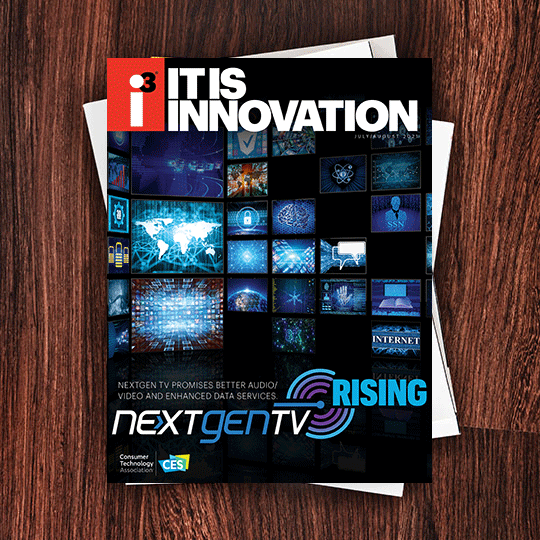Investing in transparent supply chains can stave off challenging situations.
There are several lessons to be learned from our experience with PIP (3:1). First is a policy lesson. Although EPA has regulated chemicals under TSCA since the 1970s, a 2016 bipartisan effort updated TSCA through the Frank R. Lautenberg Chemical Safety for the 21st Century Act. With the updated law now being implemented, TSCA no longer primarily impacts chemical manufacturers. Brand owners and retailers are now on notice that the use of chemicals in articles, a term that encompasses parts, components and finished goods, may be regulated.
Second is a process lesson. The experience with PIP (3:1) has been a stark and painful reminder that EPA may establish rules that are untenable for industry unless we proactively engage. Without such engagement, the risk of unreasonable compliance timeframes or bans of a needed chemical for which no alternatives exist is now very high.
EPA’s PIP (3:1) regulation is likely to be the first of many in the coming years at the federal and state level that impacts chemicals used in consumer technology products. This demonstrates the urgent need for manufacturers to develop robust chemical management systems which can rapidly respond to an evolving regulatory landscape. Investing in transparent supply chains can stave off challenging situations like this one and ensure that the industry is positioned to advocate for the establishment of reasonable rules under which industry can continue to innovate.

I3, the flagship magazine from the Consumer Technology Association (CTA)®, focuses on innovation in technology, policy and business as well as the entrepreneurs, industry leaders and startups that grow the consumer technology industry. Subscriptions to i3 are available free to qualified participants in the consumer electronics industry. SUBSCRIBE